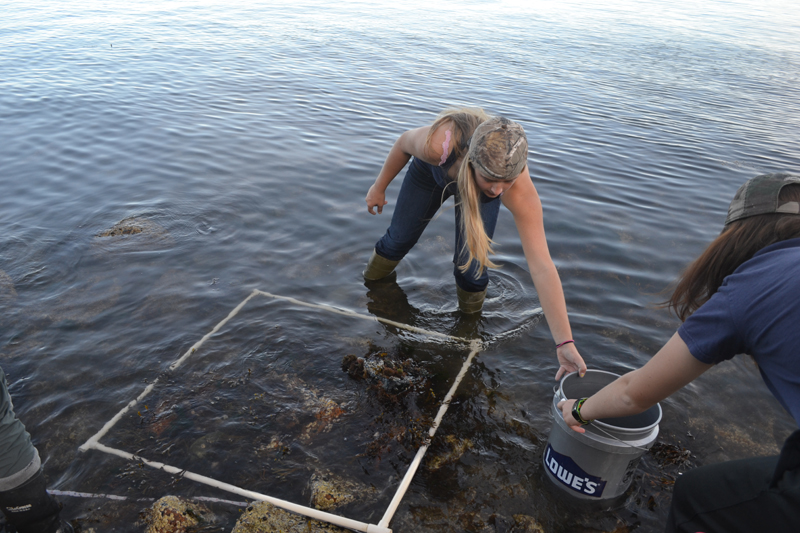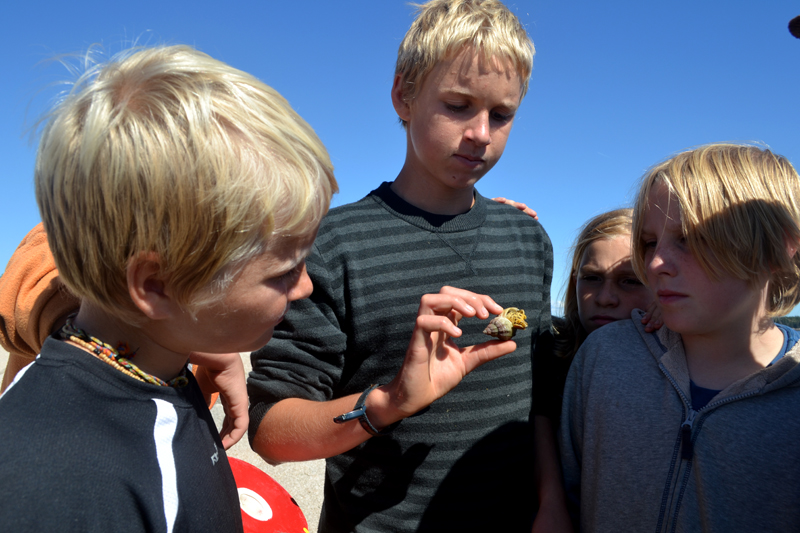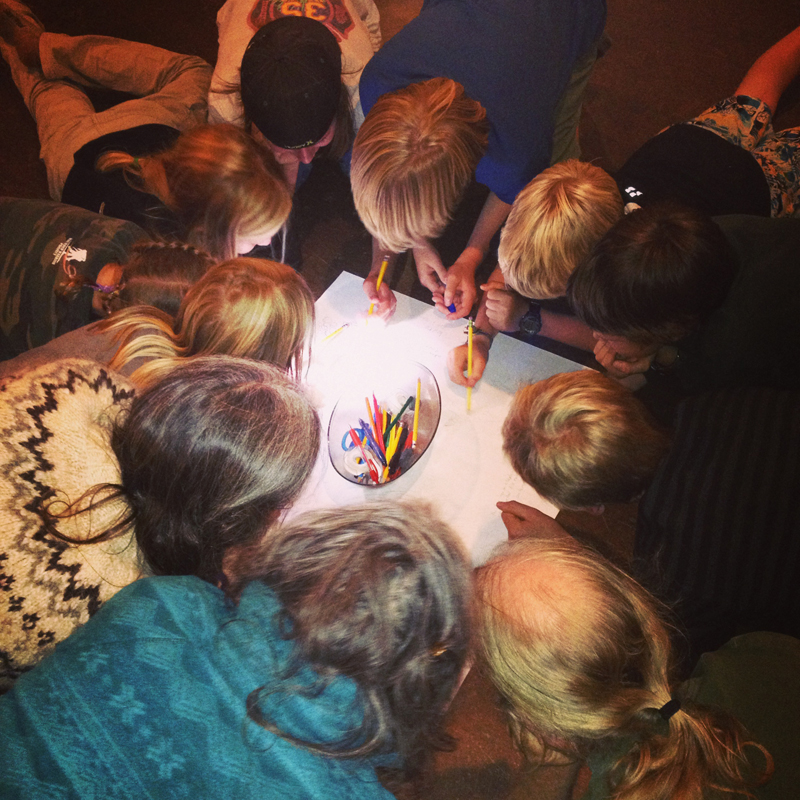In the fall of 2013 we continued to develop our power system by moving the solar panels from a portable rack-mounted system to a permanent roof-mounted array on the south-facing roof of the boathouse. This will allow us to maintain access to energy production year-round and provide us with opportunities to develop other systems and programs that rely on the power that is produced in every month of the year.
In early October 2013, a construction crew from Harbor Builders Associates put a new roof on the boathouse in preparation for the solar panel mounting rack and began renovating a room in the boathouse that became the “control center” for the power system. The control center is intended not only as a functional space for monitoring and maintaining the system components, but also as an educational resource to teach others about how this system works.
Later in October, Hurricane Island staff Sam Hallowell, with the expertise of Trevor Reiff from Lyman Technologies and with the help of Ben Hoops, installed the roof-mounted rack and began installing and wiring the solar panels. We expect that the system will be functional by the time that we open the island early in the spring 2014.









